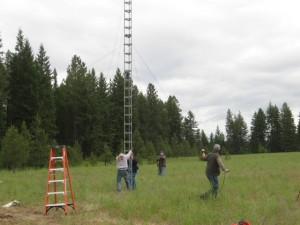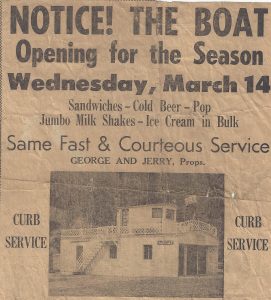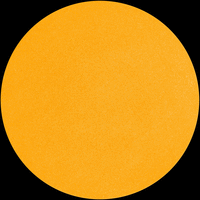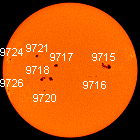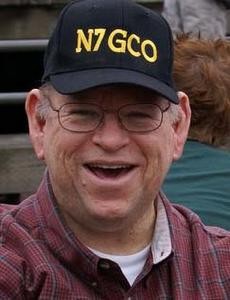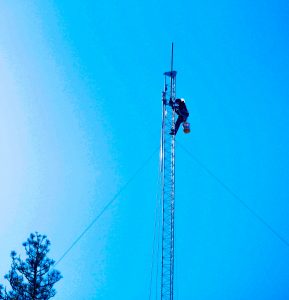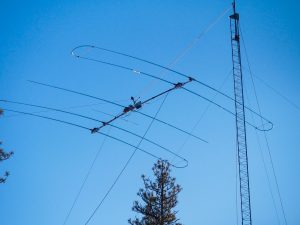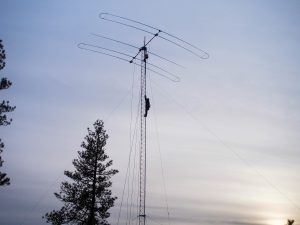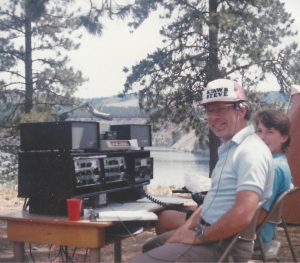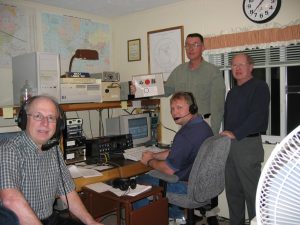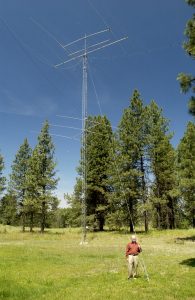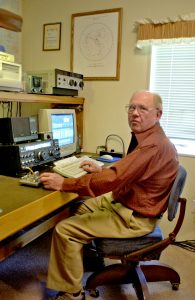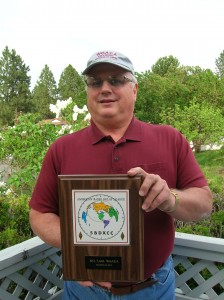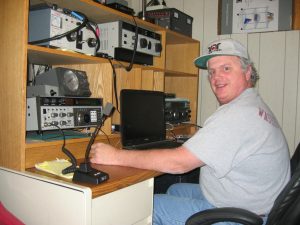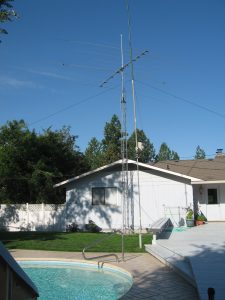At monthly meetings, we often get an update on propagation, the solar cycle, and the lack of sunspots during this solar minimum from Randy W7TJ. Here is a recent article Randy wrote on the subject. If you would like to see more articles like this, let him know.
Sunspot Cycle 24 fell down and was so dismal due to a extremely low and slow start; however, the main driver was the declining magnetic strength, complexity and size of the sunspots which initially started in cycle 23. This trend was “briefly” rectified 4th quarter of 2013, carried through 2014 (the year of the small peak), and started a decline again 2nd Quarter of 2015. All the forecasting models have used the Smoothed Sunspot Number as their “gauge” and reasonable sunspot strength (measured in Gauss is just {assumed}). Below is data from Livingston and Penn and NCAR (National Center for Atmospheric Research in Boulder, Colorado) and the HAO (High Altitude Observatory). *See the links below:
Livingston and Penn Sunspot Strength LINK
Sunspot Distribution LINK
Cycle 24 will continue it’s fast decline as MUFs fall (Best signal strength will be when operating at 70% of the MUF) and the low bands will see a nice up-sweep in propagation until the critical frequency drops below 2 MHz. Looking forward to the start of cycle 25:
New Sunspots must be of reverse polarity and high latitude on the Sun (above 60 degrees). The biggest factor is there MUST be a reversal of the declining Sunspot Magnetic Strength and Size (which has been on the decline since cycle 23 and is continuing).
So, three Possible Scenarios (the Current Data and Trends point to Scenarios #1 and #2 as most probable):
1. Sunspots could disappear completely, ushering in a Dalton or Maunder type Minimum.
2. Cycle 24 could see a long drawn out extended low {beyond 2019} (similar to cycle 23’s end), setting up cycle 25 to be a mere “Flash in the Pan”.
3. Or, Cycle 25 could get off to a fast start, with many large strong high latitude spots …… then we can get our 6 Meter Antennas ready.
Randy
W7TJ



